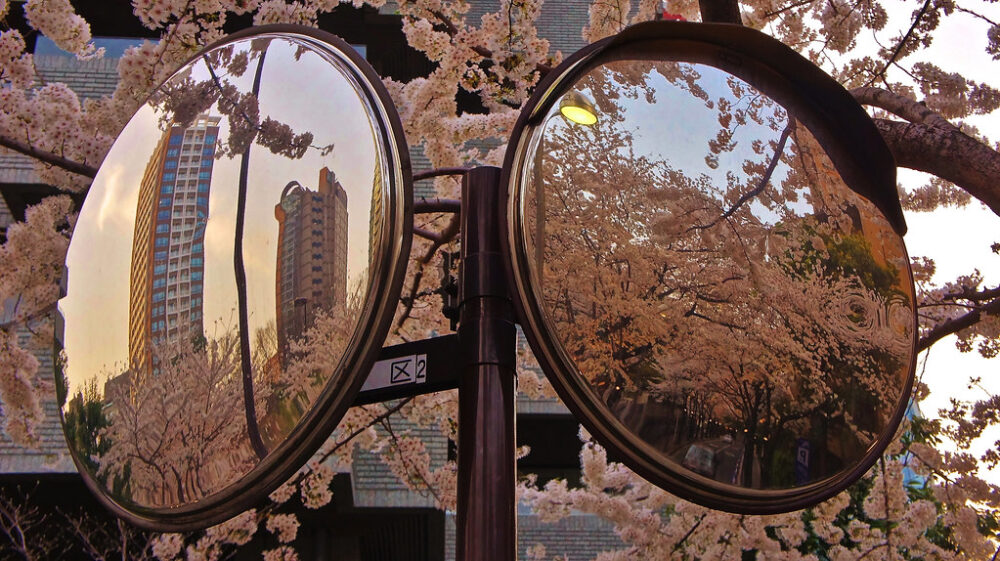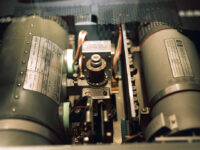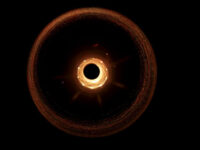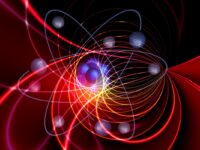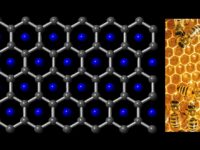When you go through your day and interact with the world, are you thinking of what the items you interact with are made of? Numerous theories have been proposed that aim to define what reality is, using quantum physics to support the claims. Recently, Carlo Rovelli, an Italian physicist, put forward a new theory that claims the world is simply a system of mirrors and quantum physics. This theory opposes the foundation of previous theories of the universe, making it especially unique.
Newton had previously hypothesized that space and time were a container for all the objects inside the universe. If the objects were removed from the universe, space and time would remain. Imagine a salad stored inside a Tupperware. If the salad is all of the objects inside the universe and the Tupperware is space and time, removing the salad would leave space and time intact. This worldview led to the assumption that objects have an independent existence that isn’t connected to any other objects in the universe. To clarify, if we continue with the Tupperware example, a fork’s existence has no relationship whatsoever with the existence of the Tupperware and the salad. If the fork is removed from the universe, then the Tupperware and the salad’s existence aren’t affected.
Space and time cannot exist without the objects inside.
However, Rovelli challenged this view, finding fault with the aspect of objects having their own independent existence. Rovelli proposed a relational worldview, which claims that objects’ identities are defined by their relationship with other objects. Space and time aren’t just a container for objects; instead, it is defined by the objects inside of it. While a container can exist without items inside, according to the relational worldview, there is no universe without objects inside of it. If the salad is removed from existence, then the Tupperware also ceases to exist, as its existence is tied to the salad. The overall takeaway is that space and time are simply the sum of all the distances between all the objects and events of the world — space and time cannot exist without the objects inside.
Rovelli applied this relational worldview to quantum mechanics. He proposed that the identity of fundamental particles, such as photons and electrons, is just the properties they exhibit in relation to other objects. These “properties” include the particle’s position, momentum, and energy. According to the relational worldview, no actual substance portrays these identities; the intangible properties are all there is to the object. For example, there is no “object” that is a salad. However, the properties of the atoms in the salad reflect off of other objects in the universe, like a mirror. The salad we see and eat is simply the reflection off of the mirrors.
So, how does this tie to the world we live in? According to the relational worldview, all the objects we see and interact with are nothing more than exhibited properties in relation to other objects and ourselves. For example, if you’re reading this article on your smartphone, your phone is nothing more than properties in relation to yourself and the rest of the universe. Every single object is simply the reflection of properties based on relationships with the rest of the universe, like a maze of puzzles! Additionally, if your phone was removed from the universe, then your existence would be changed, as a piece of the universe has been removed.
So, how does this tie to the world we live in? According to the relational worldview, all the objects we see and interact with are nothing more than exhibited properties in relation to other objects and ourselves.
This theory doesn’t mean that everything you’re seeing and experiencing is fake; it’s just a new way of viewing the world through quantum physics and mirrors. If this relational worldview doesn’t sound like something you agree with, numerous other theories explain space and time. However, this theory of reality being a web of mirrors and quantum physics is a very intriguing view that can help scientists learn more and prove new theories about quantum physics.
